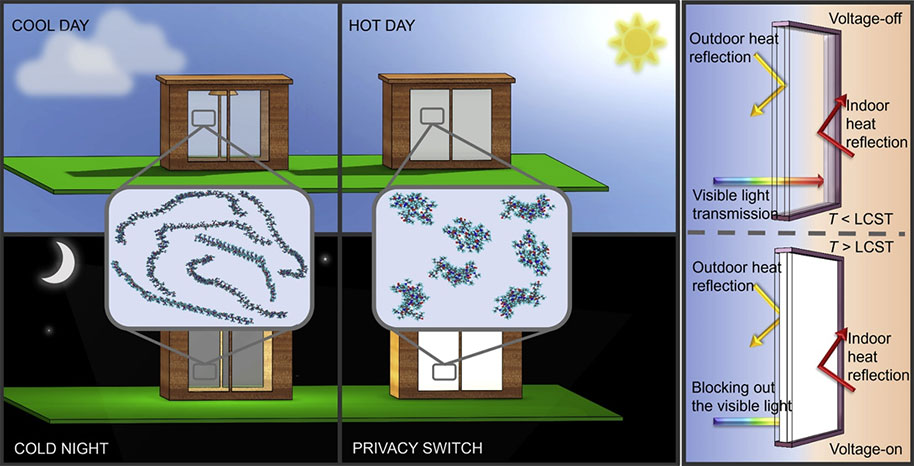Energy Sources for Next Generation Wearable Electronics: Stretchable Batteries
One of the most important challenges in the application of flexible wearable electronic devices is the lack of batteries that can flex and stretch safely with the electronic device or with fabric it is integrated with. When we refer to "smart" clothing, the use of which is increasingly become popular, we envision garments and accessories equipped with sensors and electronic circuits capable of collecting various physical and biometric data such as body temperature and heart rate. Rapid advancements in flexible, stretchable sensor, transistor, actuator, and integrated circuit technologies are the driving force in the development of energy storage systems that can stretch, bend, fold, wrinkle, and most importantly, maintain their electrochemical performance while being exposed to all these deformations. In this field, efforts are focused on making lithium-ion batteries, which are the most commonly used energy storage system in personal electronics, flexible and stretchable.

In the development of stretchable lithium-ion batteries, we can categorize the prominent strategies into two main titles: structures endowed with flexibility through geometric configuration, and designs based on each battery component exhibiting elastic properties. Concerning geometric configuration, various designs stand out, ranging from micro- and nanostructures prepared by folding techniques like origami to graphene and carbon nanotube-based foams. Designs aiming intrinsic stretchability typically focus on the development of stretchable conductive surfaces obtained by combining elastic polymers with conductive nanomaterials. Regardless of the design, it is evident that nanotechnology plays a critical role, and will continue to do so, in the production of stretchable batteries.

In SUNUM laboratories, building on our previous experiences* with nanofiber-based lithium-ion battery electrodes, a TÜBİTAK supported research project on the development of stretchable lithium-ion batteries based on nanofiber technology is pursued. Additionally, within the NANOSİS platform led by SUNUM, rapid, cost-effective, and innovative nanotechnological components and systems for monitoring and diagnosis in healthcare are being developed. In this context, the aim is to create original and high-value products in preventive healthcare and personalized medicine by developing textile-based wearable systems for monitoring cardiac data. In parallel, efforts are aimed at creating a value by leading pioneering research in stretchable batteries that will make future wearable technologies more practical and provide opportunities, especially in the field of health monitoring.

 New generation Osteoarthritis Treatment: Microneedle Arrays for Regeneration and More
New generation Osteoarthritis Treatment: Microneedle Arrays for Regeneration and More MXene: A Rising Star 2D Material
MXene: A Rising Star 2D Material Smart Window for Efficient Light and Heat Control
Smart Window for Efficient Light and Heat Control
- 2D Materials
- Agriculture
- Agrochemicals
- Ammonia Gas
- Biomaterials
- Biomedical Applications
- Borophene Focused Ion Beam
- Carbon Nanotube
- Carbon-Based Nanomaterials
- Clean Room
- Coating
- Display Technologies
- DNA Technologies
- EMI Shielding
- Energy Storage
- Energy Technologies
- Fire Retardancy
- Gas Sensor
- Graphene
- Graphene-Based Materials
- Heat Control
- Light Control
- Lithium-ion Batteries
- Metal Nanoparticles
- MXene
- Nanofabrication
- Nanomaterials
- Nanoparticle-Based Gene Carriers
- Nanotechnological Sensors
- Nanotechnology
- Personal Electronics
- Quantum Dots
- Selective Breeding
- Smart Clothing
- Smart Window
- Stretchable Batteries
- Sustainable Crop Production
- Targeted Crop
- Thermochromic
- Transition Metal Carbides
- Transition Metal Carbonitrides
- Transition Metal Nitrides
- Wearable Electronics


